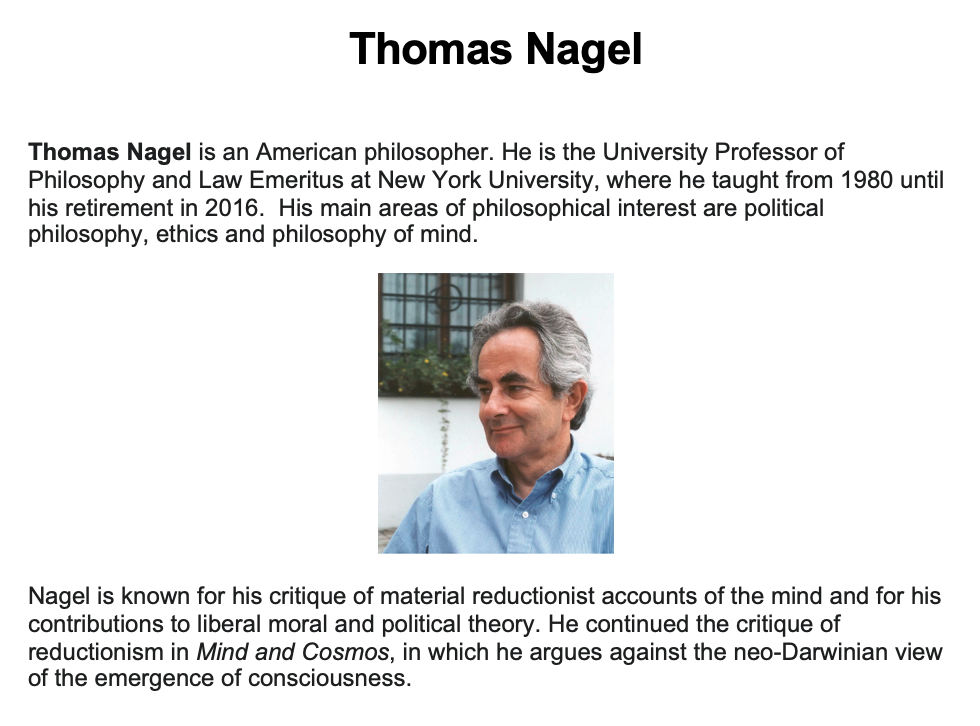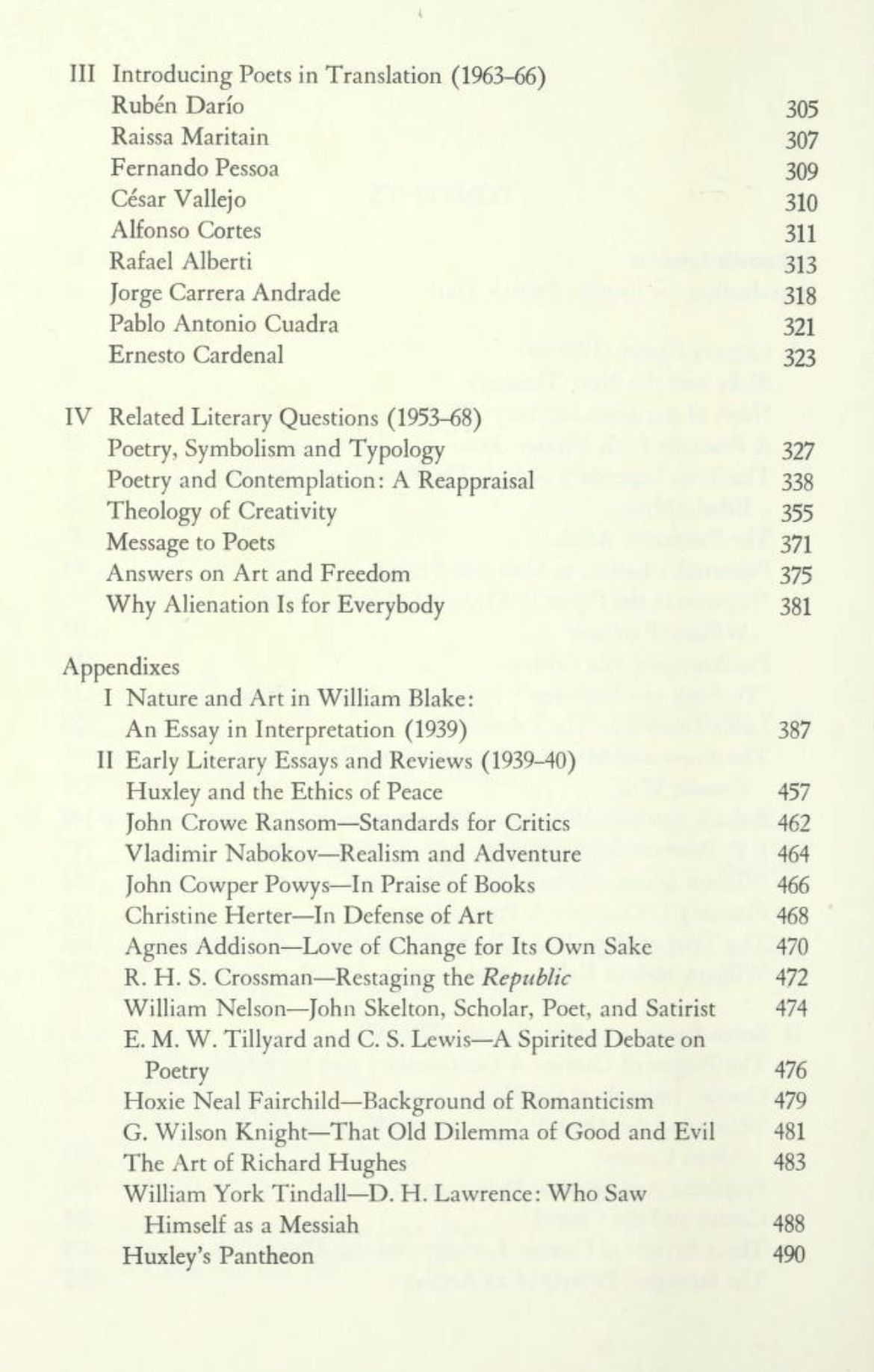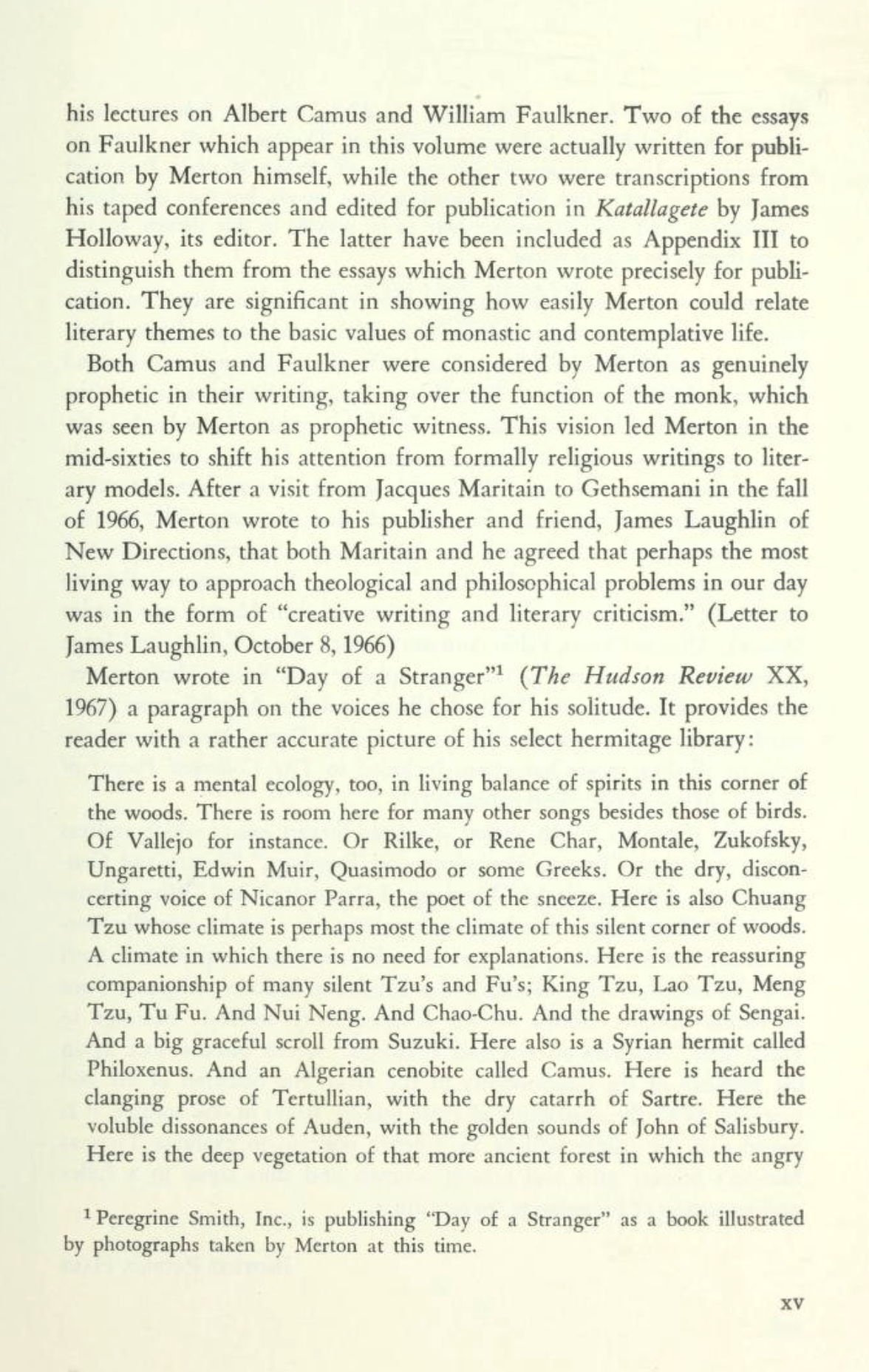Born in 1907, Eiseley came from German stock on his father’s side, Anglo-Saxon on his mother’s. For the growing boy, it was often either Shakespeare or silence. His father, Clyde, had committed long passages of the Bard’s plays to memory and enjoyed reciting them to the younger of his two sons (the other son, from a previous marriage, was only a fleeting presence in young Loren’s life). But Clyde worked long hours in a succession of low-paying jobs, including store clerk and traveling salesman, leaving Loren in the hands of his mother, Daisy, who was losing both her hearing and her mind.
Left on his own, Eiseley became an avid reader and a wanderer through his hometown of Lincoln. Surprisingly for a future scientist, he had no head for math but excelled in his English courses. As early as the eighth grade, he knew where he was going. “I have selected Nature Writing for my vocation,” he wrote in a theme, “because at this time of my life it appeals to me more than any other subject.”
As a high school senior, Eiseley handed in such a polished story about a dog in Alaska that he was accused of plagiarism. His teacher, who had watched the tale develop from scratch, stood up for him; the vindicated writer entered the story in a contest held by the Atlantic Monthly, which gave it an honorable mention. He had meanwhile blossomed into a strapping youth with an infectious smile, enough athleticism to captain the football team, enough popularity to be elected president of the senior class. For all his local prominence, though, Eiseley remained, in the words of his biographer Gale E. Christianson, “awkwardly shy.”
After his graduation in 1925, Eiseley and three buddies set off for California in a jalopy that kept breaking down, leaving them to carry on by hopping freights. In the fall of that year, Eiseley enrolled in the University of Nebraska–Lincoln. For his freshman English course, he wrote another precocious paper, which drew another charge of plagiarism. He beat the rap again, only to flunk out as a sophomore because he had a hard time learning foreign languages.
Readmitted in 1927, Eiseley mismanaged the rest of his undergraduate career. Instead of formally dropping a course that wasn’t to his liking, he would just block it out of his mind. There were more hiatuses, but he had two pillars to lean on: creative writing—by the time he finally graduated from Nebraska in 1933 with a BA in anthropology and English, he had published some poems in the literary magazine PrairieSchooner—and his seven-years-older girlfriend, Mabel Langdon, described by a friend as “his mother, his sister, his cousin, his friend; she was his stay.”
As a junior member of a paleontological expedition that summer, Eiseley unearthed a fossil in the badlands of northwestern Nebraska that he looked back on as, in Christianson’s words, “his single most memorable discovery”: the skull of a saber-toothed cat that was probably killed in combat with another of its kind. Thanks in part to an endorsement by a Penn professor he’d encountered in the West, Eiseley overcame his ragged college transcript; Penn accepted him as a grad student in anthropology starting in September of 1933.
He found a much-needed mentor in the eccentric Frank Speck, the subject of a vivid word-portrait in a New Yorker article published last year. Writing about the fate of the Penobscot language, Alice Gregory identified Speck as “an anthropologist specializing in the Algonquian and Iroquoian peoples. … Speck kept office hours in a book-lined neo-Gothic chapel filled with living snakes and lizards, and was known to shoot arrows from a crossbow into the door.” A medical student working in Speck’s office, Gregory continued, “memorized Penobscot vocabulary while keeping an eye on a white fox, which hid behind a leaking radiator.” Eiseley himself came to have such an affinity with foxes that Christianson titled his biography Fox at the Wood’s Edge.
Though delighted with Penn’s formidable anthropology department, Eiseley missed Langdon and groused about Philadelphia’s scarcity of diversions for someone as cash strapped as himself. Sizing up the newcomer as “kind of boyish for his age,” Speck came to the rescue by taking him to such exotic (to a Cornhusker) sites as South Street—then the cultural center and business district for the city’s Black residents—and the New Jersey Pine Barrens.
A second-year fellowship helped, but Eiseley was still just getting by and hard-put to acquire the reading knowledge of German expected of a PhD candidate in the sciences. He figured that the MA he received in February of 1935 would be the end of the line.
He retreated to Lincoln, took part in the excavation of ancient Native American burial sites, studied German with a tutor, and worked on the Nebraska volume of the WPA series of state guidebooks. His supervising editor remembered him as “a case of prolonged adolescence [who] seemed actually fearful of making his own way in the world.” He also suffered from bouts of depression.
Penn coaxed Eiseley back with another fellowship, and in 1937 he scored one triumph after another. His tale of freight-hopping, “The Mop to K.C.,” won the equivalent of an honorable mention in the Best Short Stories of 1936; he passed his German exam; and he received his doctorate. Reminiscing about this stage of his life in All the Strange Hours, Eiseley gave a sense of how wide-ranging an anthropological education can be: “I knew a great deal of ethnological lore from the Jesuit Relations of the seventeenth century, about divination through the use of oracle bones. I knew also about the distribution of rabbit-skin blankets in pre-Columbia America and the four-day fire rites for the departing dead. And mammoths gone ten thousand years, I knew them, too.”
More pithily in the title essay of his collection The Unexpected Universe, Eiseley explained what a practicing archaeologist does. “He finds, if imprinted on clay, both our grocery bills and the hymns to our gods.”
After Eiseley landed his first teaching job in the sociology department of the University of Kansas, he and Langdon got married. In 1940, he obtained a post-doctoral fellowship from Columbia University and the Museum of Natural History; the couple made ends meet in New York by combining his stipend with her earnings as a part-time typist for Rex Stout, author of the Nero Wolfe mysteries. A friend got them invited to a cocktail party where Orson Welles and his girlfriend (and later wife) Rita Hayworth were the main attraction but recalled that Loren and Mabel “didn’t mingle; they just sat there together.” Also that year, Eiseley signed a contract to write a book to be called “They Hunted the Mammoth: The Story of Ice Age Man”; but World War II intervened, and the project was cancelled. A combination of poor eyesight and a shortage of college teachers exempted him from war service, and he began supplementing his scholarly articles with pieces for the more accessible Scientific American.
A move to Oberlin College and summers of teaching at Columbia and Penn bear witness that, shy though he might be, Eiseley knew how to work the levers of academic advancement. His efforts culminated in 1947 with a dual appointment at Penn: professor of anthropology and chairman of the department. One of his trademark characteristics had stayed with him, however: a new friend, the novelist Wright Morris, took to calling him “Schmerzie,” short for Weltschmerz, or world-weariness.
An anthropology student who assisted Eiseley as a grader of papers later described him as “not a good teacher but a wonderful lecturer. His lectures were very, very effective—the style you find in his essays. … Now, when I say that he was not a good teacher, I think Loren was always very uncomfortable with students.” The wonderful lecturer was soon earning extra money by holding forth outside the classroom. On YouTube you can hear him regale the audience at an unspecified branch of the Young Women’s Hebrew Association in 1968. His voice is pleasant and confident, and if he pauses frequently to search for the right word, he nearly always finds it.
source












































































































































































































































































![The Saxon port of Lundenwic When Londinium was abandoned [by the Romans], the Thames and its tributaries continued to be used for carrying and communication. The early Saxons were seafarers and did not possess the knowledge of how to maintain roa](https://images.squarespace-cdn.com/content/v1/522b22f2e4b04879e6b51037/1733699513129-9MK52CH3O2LH4XW2X41C/7.jpg)















































































































































































































































































































































![Henry James Stuart was in his late 60s at the time he was diagnosed with a terminal illness [tuberculosis] and given a year to live. He moved in 1923 from Nampa, Idaho, to Fairhope, Ala., for warmer weather. By 1926, he completed a circular hur](https://images.squarespace-cdn.com/content/v1/522b22f2e4b04879e6b51037/1764007368110-D3URP72L399QVI4ST3TK/Screenshot+2025-11-24+at+12.02.32%E2%80%AFPM.png)





























